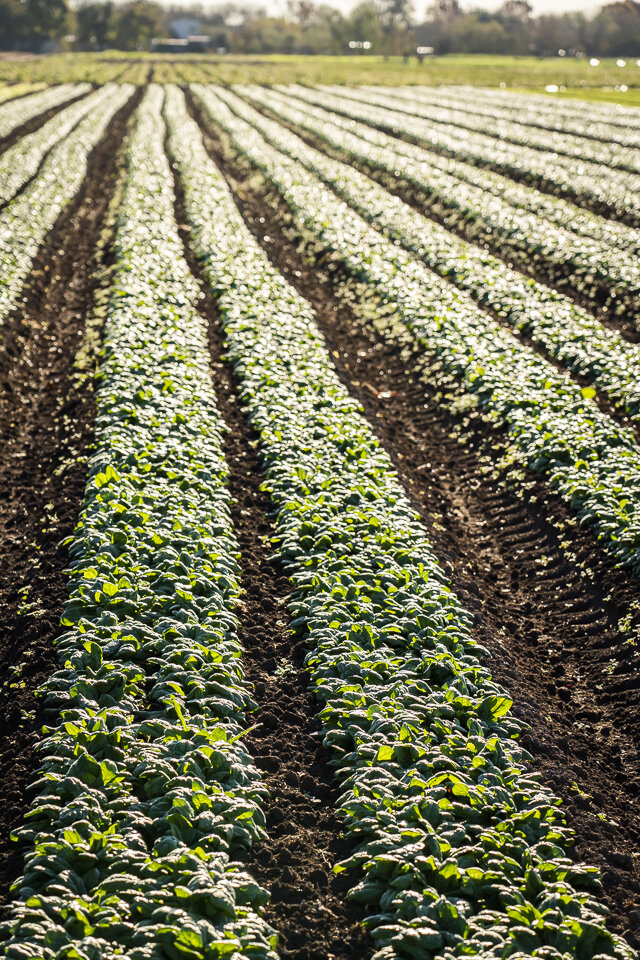I Picked You A Flower is a group exhibition I participated in at the beginning of 2020. Refer to my post on December 19th for more details. Inspired by the theme of the exhibition and my love of plants and color, I researched the tradition of using flowers to communicate, and the specific meanings attributed to them. The idea for the Eryngo images came from the text below, found online in an old searchable book. These were the first images I created and they gave me the confidence to continue the series.
“The hapless maid Sappho loved a boatman, a stalwart, handsome fellow, and to compel his love she wore sprigs of eryngo, or sea holly, for it was a faith of that age that whosoever would conceal this upon him and set his mind on the object of his affection would cling that object to him as with bands of steel. But the boatman was of low tastes, and when she read odes to him he responded with indifference. Sappho could not abide these rebuffs, and ended the pain of them by rejecting the eryngo, singing her death-song on a cliff, and casting herself in the deep.”
Skinner, Charles Montgomery. Myths and legends of Flowers, Trees, Fruits, and Plants in All Ages and in All Climes. J.B. Lippincott Company, 1911.






















































































































































































